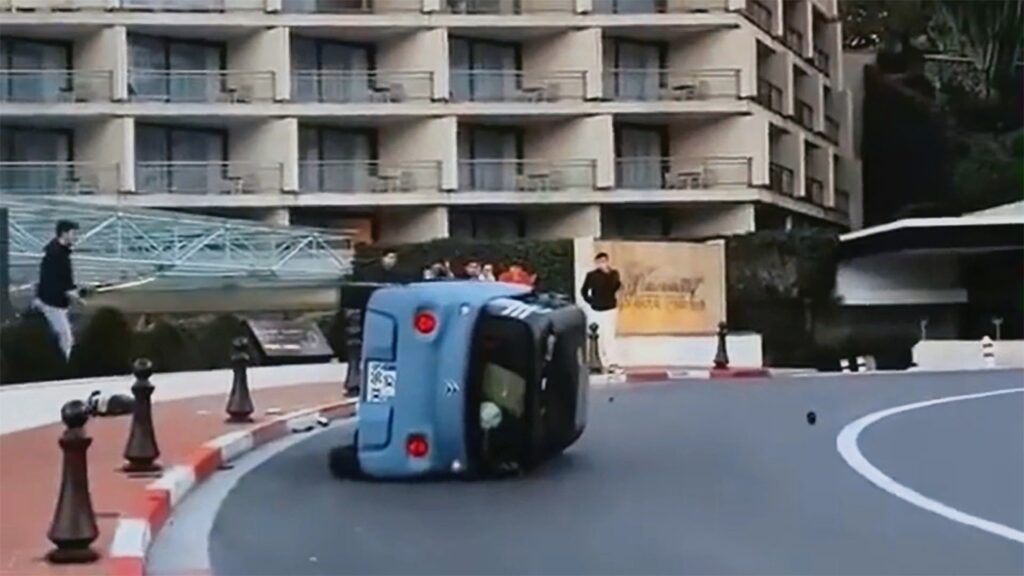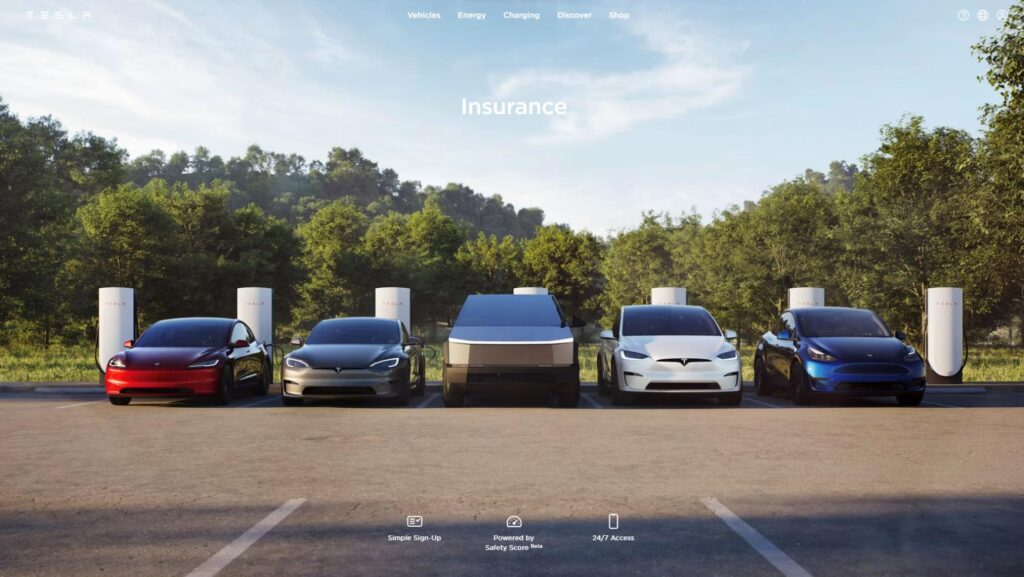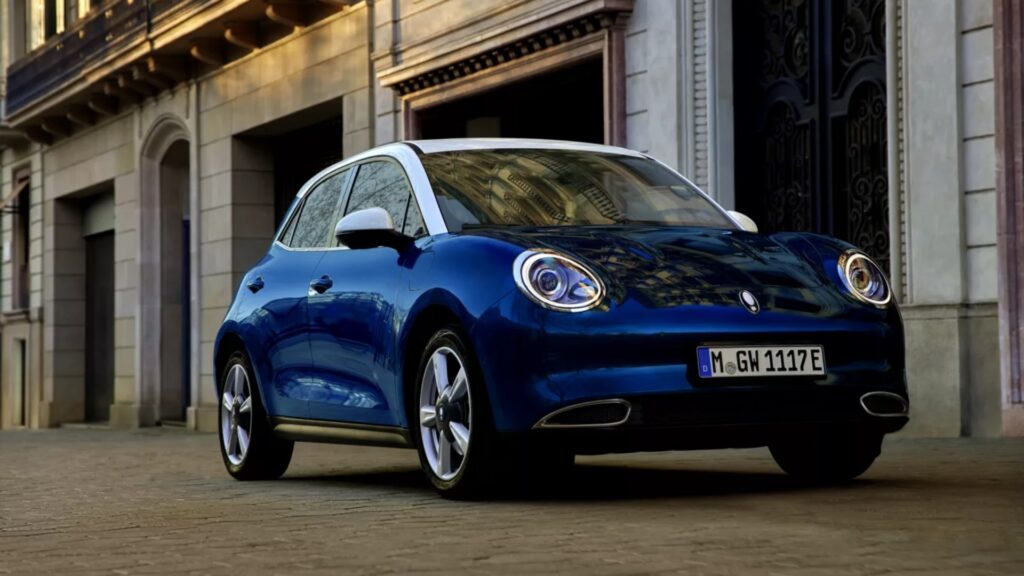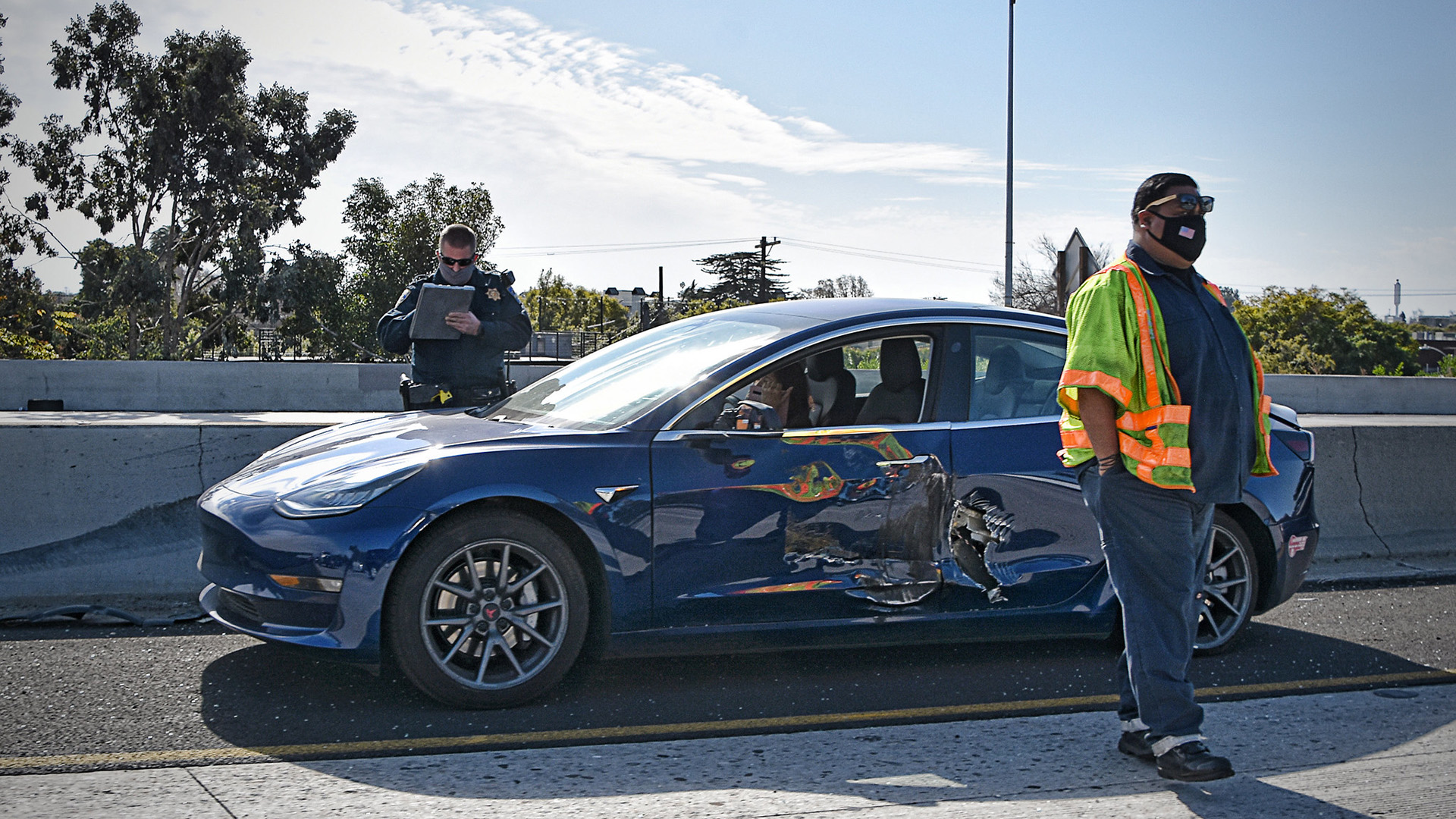The discontent of insurers is becoming more and more vocal. Some are threatening to increase insurance policies for electric cars or to no longer insure certain models. Manufacturers are called upon to make efforts on their part.
A car that cannot be insured, or at exorbitant prices, is generally unsellable. Insurers are ready to use this means of pressure to get manufacturers to rethink the repairability of their models a little better. This element seems to have taken a back seat when it comes to electric cars, with repair costs soaring.
In recent months, insurers have been sounding the alarm internationally: battery problems, repairability of bodywork components, spare parts impossible to obtain. For the moment, all this is transparent for customers, particularly in France. However, with longer lead times for parts and more expensive labor, all this is starting to weigh heavily on the insurance companies who complain about it, as highlighted by the German media Automobilwoche on March 19, 2024.
Minimum risk taking in the event of a shock
Insurers hate to lose money. However, certain rules imposed by manufacturers regarding electric cars are starting to weigh on their finances. The main constraint applies as soon as the airbag is triggered during an impact: the electric car is then considered irreparable, because some manufacturers require the entire battery to be changed as a safety measure.
Whether or not the battery was damaged during the accident, no diagnosis is made. However, the cost of a replacement battery and its labor exceeds the authorized repair values, so the car is generally sent to the scrapyard.

For the customer, this is very reassuring. He is certain not to see his car go up in smoke a few weeks or months later because of a hypothetical thermal runaway which would have been simmering all this time in the battery (for NMC chemicals). Who would complain about receiving a new vehicle to replace an damaged vehicle? But, from the insurer's point of view, it is a deadweight loss. From an ecological point of view, it's a zero point. This manufacturer rule definitely poses a real problem, which can only grow over the years, until it becomes a new electric car scandal.
Repairs to bodywork components are also more expensive overall, according to insurance observations. As for spare parts, such as optics, they have become expensive and often take a long time to obtain, which tends to drive up bills.
Even excluding Tesla models and their essentially aluminum bodies, whose repairs are expensive in the eyes of insurers, insurance premiums are increasingly struggling to cover the damage. However, this trend is not just reserved for electric vehicles. If electric cars are the most threatened by increases in their insurance, it is ultimately the entire vehicle fleet that insurers would like to be able to upgrade.
Tesla's parade in the United States
Faced with difficulties encountered by certain American customers in insuring their new Tesla, the American manufacturer decided that it was going to launch its own insurance so as not to depend on the goodwill of large groups. However, as is often the case with Tesla, not everything went as planned. The promise of lower insurance premiums and better accident coverage has not always been kept. Tesla somewhat underestimated the cost of such a service, caught in its own trap of overly expensive repairs.


Could other big automobile groups consider hacking the existing system by launching their own insurance lines? Nothing should be ruled out, but it's not an efficient way to make money and it requires a lot of capital. This is clearly not a priority development for car manufacturers. In fact, historic insurers would have to completely block the insurance of their models to make them react, to the point of launching into this activity themselves. Otherwise, they have no real interest in it.
The case of “uninsurable” Chinese models in the United Kingdom
In early March, English media such as Autoexpress reported a similar phenomenon with Chinese vehicles in the United Kingdom. Here again, insurers, through their networks of repairers, find themselves confronted with some technical and cultural problems with Chinese brands.
Parts shortages and the lack of technical assistance from Chinese manufacturers complicate repairs, to the point that some professionals refuse to take charge of these vehicles. This ultimately results in the cost of repairs, or even the impossibility of repairing the vehicles concerned, often electric models. This does not only concern pure players new to the market. The phenomenon also affects brands that are not new to the automobile market: BYD, ORA (from Great Wall Motor) and even MG.


For spare parts, it is probably only a matter of time before all these brands have parts stock in Europe, to avoid slow shipments from China. BYD is also in the process of opening a logistics center in France, which will complement a stock of parts already installed in the Netherlands, and training teams to meet needs. Chinese brands are not the only ones to have logistical problems for parts: Stellantis or Tesla are also poor students in this area.
A cultural difference could also complicate the task. In China, labor for repairs is affordable. Long manipulations can be envisaged to replace or repair elements of a car. This is not the case in Europe, or in the United Kingdom, where the cost of labor is high and quickly makes certain interventions unprofitable. Who says lack of profitability, says once again car scrapped without being repaired. Which therefore implies high insurance policies or insurers who refuse to insure, and the loop is thus closed.
Chinese manufacturers have opened up to dialogue to remove blockages from insurance companies and better understand European practices.
Insurance should not add a new fear to buyers of electric cars: that of not being able to pay their insurance. A subject that we will follow in our newsletter on electric mobility, called Watt Else.
If you liked this article, you will like the following: don't miss them by subscribing to Numerama on Google News.

